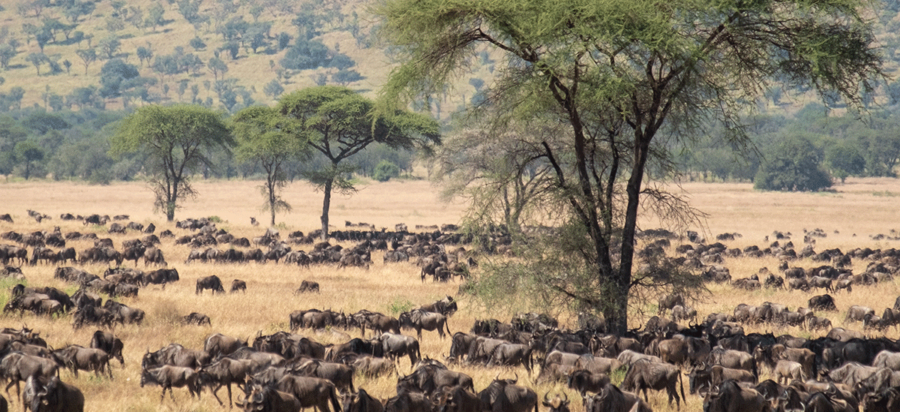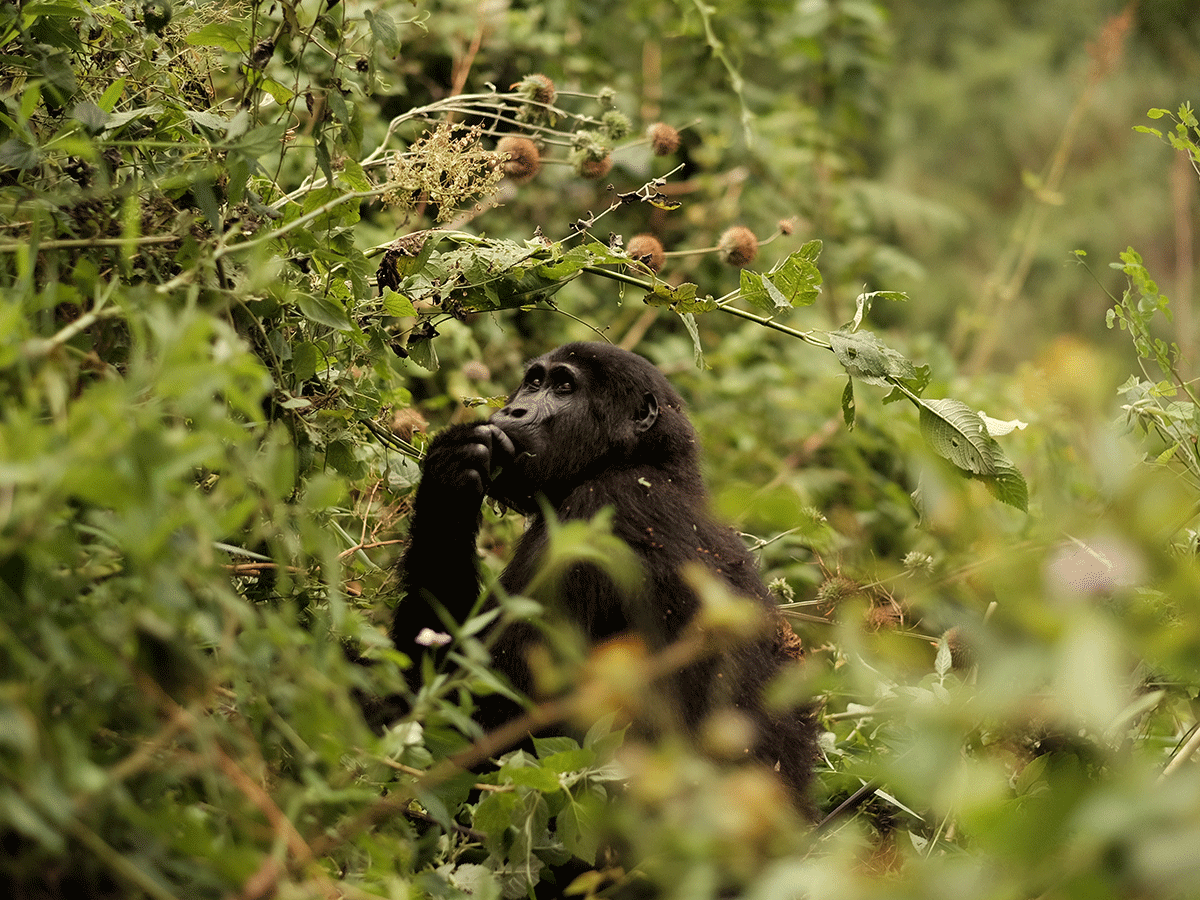How long does the annual wildebeest migration last?

How long does the annual wildebeest migration last?
The Wildebeest Migration is a year-round, circular journey and the river crossings cannot be predicted. Sometimes the herds stay put for two weeks, other times they could cross four times in one day, More than 1.5 million wildebeest migrate in an enormous loop every year.
Stages of the Great Wildebeest Migration
The Great wildebeest migration build-up to the annual wildebeest migration usually starts in January and February with calving season which occurs in the short-grass plains of southern Serengeti and spreads over to the lower northern slopes of the Ndutu area in Ngorongoro crater.
- January -March
In January, wildebeest and zebra herds continue to move south, mostly along the eastern edge of the Serengeti toward the fresh short grasses of the Ndutu plains.
In February, the calving season is in full effect as huge herds of wildebeest dot the vast grassy plains of the southern Serengeti and Ngorongoro Conservation Area, all dropping their young in two- to three weeks.
In March, the herds of nearly two million wildebeest and zebra remain fairly stationary; feasting on fresh grasses in the southern plains of the Serengeti and Ndutu.
- April to June
In April, the herds begin to journey north toward the central and western sectors of the Serengeti National Park and the Grumeti River.
In May, the migration pushes northwest into the western corridor of the Serengeti the herds tend to stagger, with some arriving in the western reaches of the park near the Grumeti River.
In June, a large migration herd is formed in the western Serengeti on the southern banks of the Grumeti River and cows are mating with the bulls in what is termed a wildebeest Rut.
- July -September
In July, as available grasses are exhausted and begin to dry, the herds move northward for fresh grazing, and end of July some wildebeest will start to cross the Mara River.
In August, annual crossings of the Mara River are seen often, which cuts across the northwest corner of the Serengeti and up through the Masai Mara.
In September, the migration herds continue to arrive and feed on the grasses in Kenya’s greater Masai mara.
- October to December
in October, the migration can still be found in the Masai Mara and northern Serengeti as herds continue to graze in large numbers with lions and other predators always in the vicinity.
In November, the short rains have begun to fall, and the bulk of the migration herds move quickly south to reach the short-grass plains of southern Serengeti.
In December, the migration continues moving south toward the short-grass plains of Ndutu in the Ngorongoro Conservation Area.
CALL OR EMAIL
ENDLESS PLAINS AFRICA LIMITED
Africa: +256706522669
Overseas: +61427412130
safaris@endlessplainsafrica.com
a travel agent is available 24hrs
What our guests say about us…
START PLANNING YOUR SAFARI NOW!
Talk to one of our African adventure experts and let them tailor-make your safari



